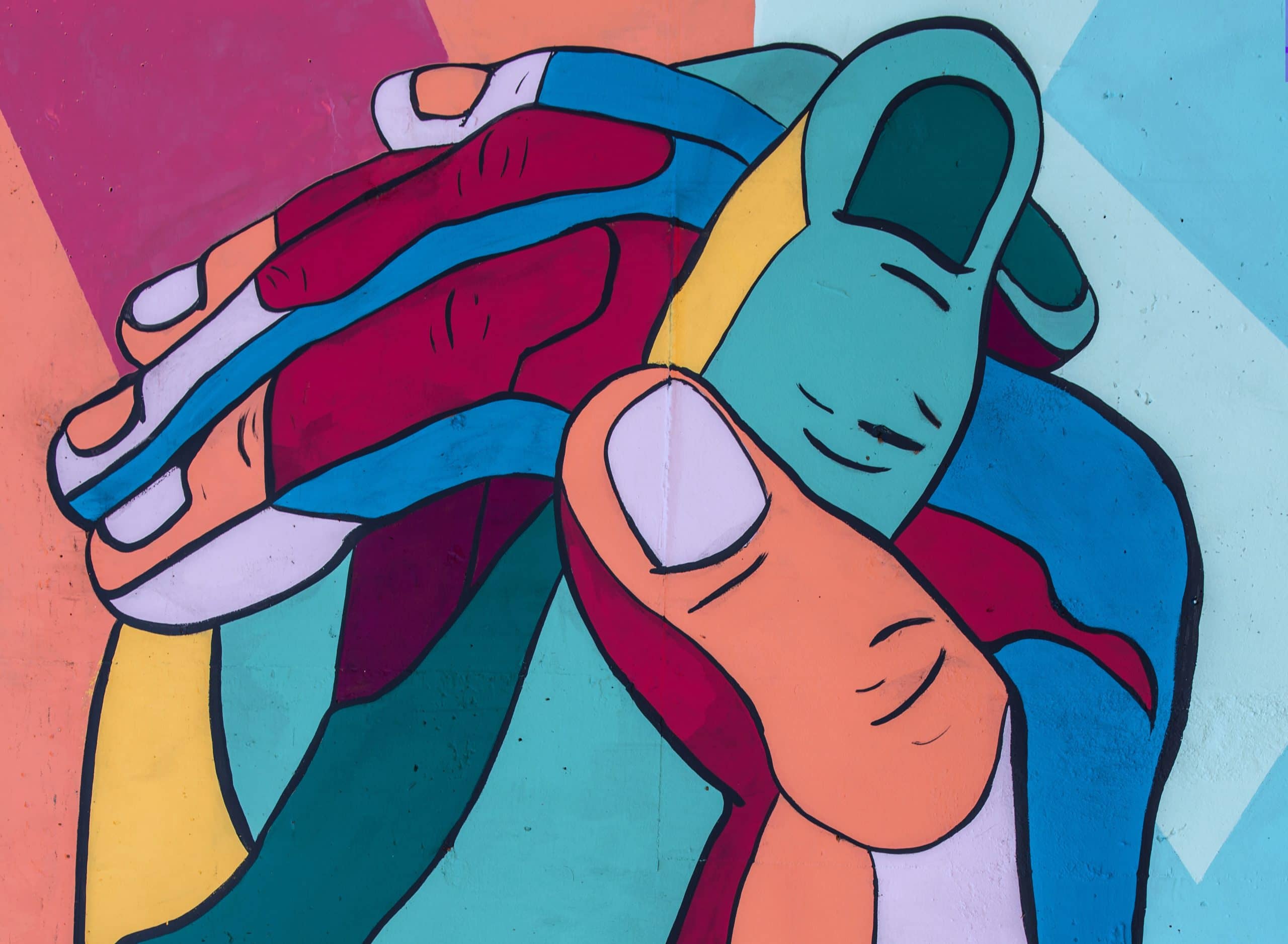As local governments begin lifting stay at home orders and more employees begin returning to the office, research points to heightened employee anxiety stemming from social unrest, COVID-19, and other economic pressures—factors that can negatively impact productivity and overall wellbeing. Inclusive organizations know the importance of acknowledging this new reality and the inherent need to create an authentic work environment that makes employees feel safe and valued. A comprehensive Diversity, Equity/Equality, and Inclusion (DEI) program is key to achieving and sustaining employee satisfaction and maintaining organizational relevance—especially in challenging times.
Simply put, DEI refers to individual perceived value and inclusion within the workplace. Aside from operational DEI strategies, companies are revamping their physical space to further promote inclusivity and equality—oftentimes referred to as “universal design.” This design is adaptable to nearly everyone’s needs and abilities (mental and physical), beyond ADA and OSHA standards. It truly is an office designed for all.
The universal/DEI design concept is very broad. Legal compliance requires employers to offer an environment with appropriate accommodations to allow employees with disabilities (visible or invisible) the ability to perform their job responsibilities without limitations. A universal design takes it a step further. It gives all employees flexibility and autonomy over their workspace to simulate their preferred and most productive working environment.
It may encompass:
- Quiet work rooms for more introverted individuals or open layouts where extroverts may do better collaborating as part of a larger group.
- Natural light versus more dimly lit areas which may show preference for one job function over another.
- Smart desks and ergonomic furniture that allow people to customize their workspace.
Common-use areas, including gender-neutral restrooms, are also becoming standard DEI practice. This level of inclusion creates conditions that are favorable for everyone with equal opportunity to thrive and succeed.
Of course, then there is COVID-19.
COVID-19 is impacting future office layouts to adhere to state and federal health and safety guidelines. But with some thoughtful planning, employers can easily create a more inclusive environment that is engaging and inspiring—even if it means being six feet apart. Think reconfiguring the office to offer greater flow between areas, providing printers for each employee, or installing personal control functions such as temperature and light controls to limit multiple-employee touchpoint exposure (and possibly ending the never-ending battle over the communal thermostat. It should be noted than the value of the temperature control feature is beyond limiting pathogen transmission. There are so many factors that impact body temperature: hormones, BMI, medical conditions, and even medications. There is no single temperature that is satisfying to all. The option to select one’s own temperature is a very simple—yet powerful—tactic to promote inclusion.)
Other post-COVID-19 DEI design plans may include onsite childcare for working parents who have been impacted by daycare and school closures. Smart technologies such as building management apps are also being utilized to connect tenants more directly to the building and day-to-day functioning: mobile app food ordering, dry cleaning services, booking a yoga class (once COVID-19 permits, of course), and voice technology.
KBS properties is already working to implement new smart technology like the app at Accenture Tower designed to help tenants make service requests, reserve common spaces and view menus from property restaurants/cafes. Additionally, KBS is using new innovative programs like Maptician to offer tenants a way to optimize office space including seating arrangements, office flow, scheduling and even date-based contact tracing.
An inclusive office is a huge benefit not only from a legal and safety standpoint, but also from a recruiting and performance perspective.
Because a universal office is designed for all, it is easily marketable to job candidates. This has become increasingly important for specialty groups such as women, older employees, minorities, and the LGBTQ+ community who historically may not have been as well-represented within certain organizations. This sense of inclusion and belonging helps employees feel empowered and part of something bigger than just their immediate job description, which ultimately helps them feel happy. And there is supporting evidence that when employees are happy, organizations thrive. According to a study, sales increased by 37% when the salespeople were happy. Another study by Oxford University’s Saïd Business School found that employees are 13% more productive when happy, which can result into a healthy boost in bottom lines.
Today’s workforce is more diverse than ever before and has more influence over what offices should look like. The modern-day DEI office design is about flexibility, choice, and accommodating different personalities and needs to create an environment that is equally beneficial to all. A DEI design is the game-changer of today—separating the ordinary from the extraordinary. It’s a competitive factor that should not be overlooked.




